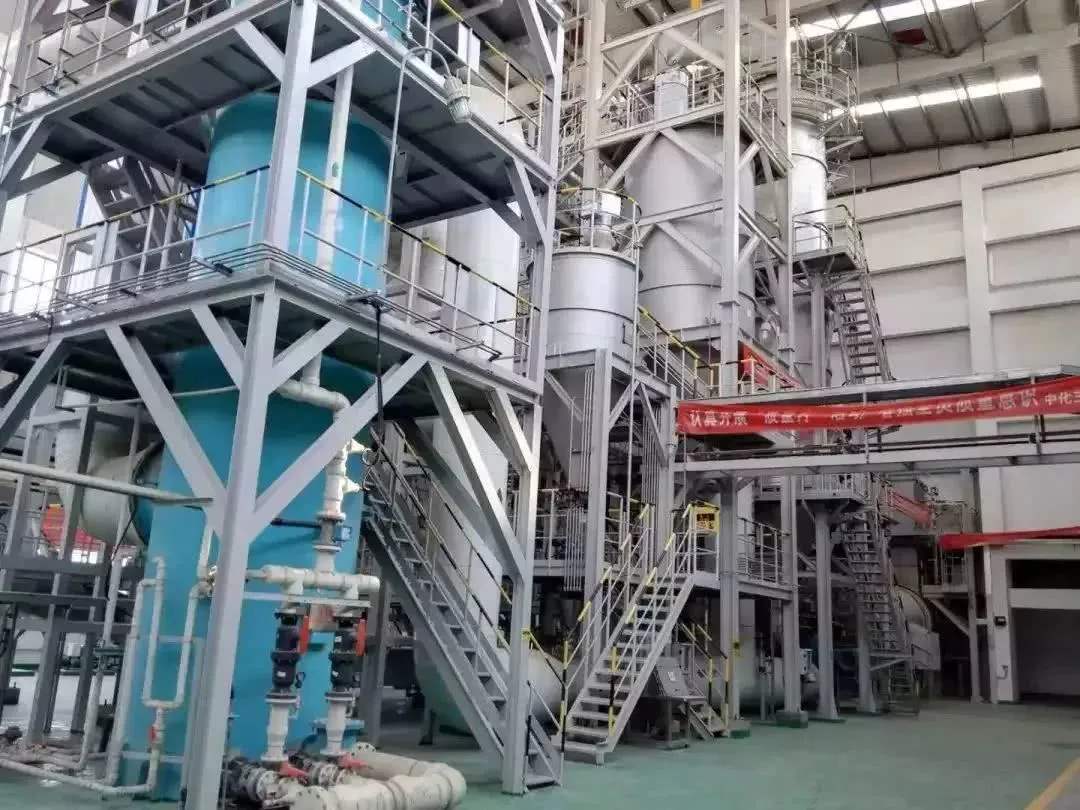Microwave processing technology
The core technology of microwave thermal effect sterilization treatment is to use the thermal and non thermal effects of microwaves to kill bacteria. Microwave refers to electromagnetic waves with a frequency of 300 megahertz.
Summary of Microwave Thermal Effect Sterilization Mechanism: Biological cells are a condensed medium composed of complex compounds such as water, proteins, nucleic acids, carbohydrates, fats, and inorganic substances. Under the influence of a strong microwave field, the temperature of the medium increases, causing changes or damage to its spatial structure, protein denaturation, and affecting its solubility, viscosity, swelling, and stability, thereby losing its biological activity.
Brief description of microwave non thermal sterilization mechanism: Microwave action can change bioenergy, alter the biological arrangement and polymerization state, and their movement rules. In addition, the ion flow induced by microwave field can affect the charge distribution near the cell membrane, causing damage to the membrane barrier function and resulting in membrane dysfunction, thereby interfering with or destroying the cell's ribonucleic acid (RNA) and deoxyribonucleic acid (DNA). Under the action of microwave field force, hydrogen bonding can be relaxed, broken, or recombined. Inducing gene mutations or chromosomal abnormalities that affect their biological activity, delaying or interrupting the stable inheritance and proliferation of cells. Simply put, microwave sterilization is the result of the combined effects of microwave thermal and non thermal effects.
The fully automatic microwave medical waste treatment system comprehensively sterilizes medical waste to achieve harmless treatment. The system adopts high-power microwave sterilization combined with high-intensity ultraviolet sterilization, equipped with anti empty load and laser automatic tracking system, and has complete automatic protection and microwave leakage prevention functions.
Plasma processing technology
The principle of plasma treatment technology is to fill the space between the cathode and anode of the electrode with a carrier gas (usually inert gas argon, or air, etc.). Under the action of an electric field, a very small amount of ions in the carrier gas undergo directional motion. The directional motion of ions in turn enhances the use of the electric field, causing more carriers to ionize and produce higher charged ions that also undergo directional motion. This chain reaction makes the carrier gas a conductive gas. Due to the same number of anions and cations moving in the opposite direction, this region becomes a plasma zone supported by the carrier gas.
The conductivity of the carrier gas causes conduction between the anode and cathode electrodes, resulting in intense discharge and the generation of an arc. This phenomenon is also known as arc discharge. The characteristics of arc plasma are low voltage, high current, accompanied by strong light and high heat emitted. In the central part of the plasma region, a high temperature of about 20000 ℃ can be reached, and the temperature of the entire plasma region ranges from 5000 ℃ to 2000 ℃.
By adding waste into the plasma zone, any organic matter will be instantly broken into atomic states at temperatures exceeding 12000 ℃. This high-temperature decomposition is very thorough, and due to the use of arc discharge characteristics, local ultra-high temperatures are generated. The utilization rate of electrical energy is extremely high, and no fuel or oxygen is required.















